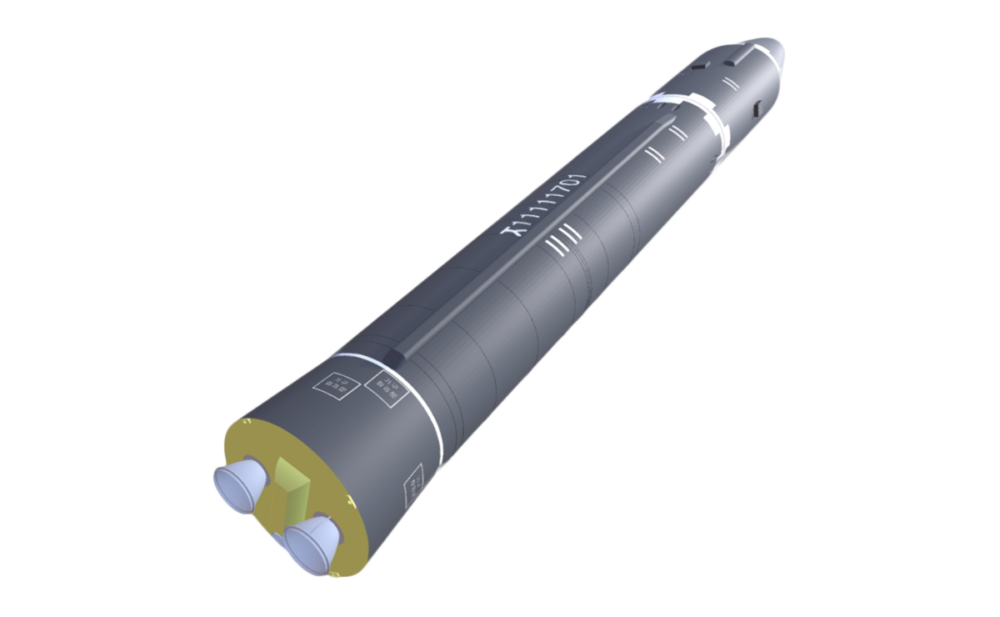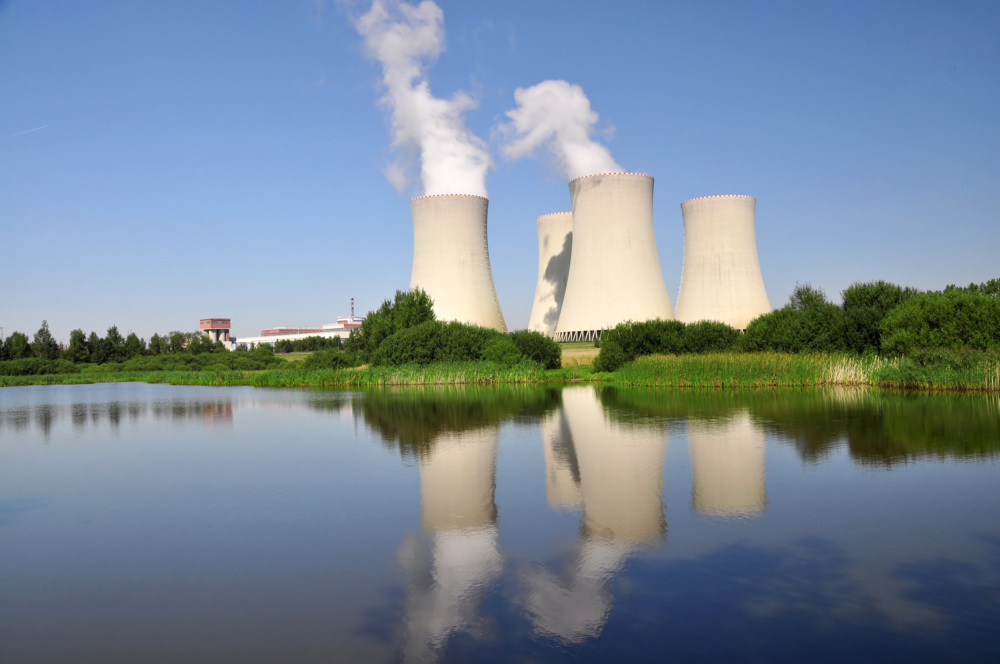
The CNS North Korea Missile Test Database
A collection of missile tests including the date, time, missile name, launch agency, facility name, and test outcome.
Taiwan does not possess nuclear weapons, although it historically possessed a nuclear weapons program. Taiwan is not believed to have biological or chemical weapons programs, but it has been accused of possessing such programs in the past. Because of its unique status, Taiwan is not a member of the United Nations, and cannot participate in nonproliferation regimes as an internationally-recognized state would. Taiwan asserts that it maintains policies in accordance with widely followed export control regimes, despite not being able to participate in them in an official capacity.
Taiwan is not legally considered a sovereign state by most countries or international organizations, including the UN, thus it cannot participate in international nonproliferation treaties or export control regimes. 1 Both the People’s Republic of China (PRC) and the Republic of China (ROC) lay claim to the island of Taiwan, but it is under de facto control of the government in Taipei. Taiwan does not possess nuclear weapons, although it attempted to acquire them in the past. 2 Despite some suspicions of offensive and defensive chemical and biological weapon programs, there is no conclusive evidence that Taiwan developed or deployed either.
Under the leadership of Chiang Kai-shek, the island built its first nuclear reactor at National Tsinghua University in 1956 and began training atomic energy specialists. 3 In the 1960s, Taiwan initiated an ambitious program for the procurement and operation of nuclear power facilities on Taiwan. The Chung-Shan Science Institute (CSSI) was established by order of Chiang Kai-shek shortly after the People’s Republic of China detonated its first nuclear device in October 1964. 4 The Institute was largely funded by the military for research projects in nuclear, electronic, chemical, and missile areas. Chung-Shan Science Institute had close ties to the government’s Committee for Science Development, to its Atomic Energy Council, and to Tsinghua University. 5
In 1968, Taiwan—then recognized as the Republic of China by the UN—signed the Treaty on the Non-Proliferation of Nuclear Weapons (NPT). After the seat for “China” in the United Nations General Assembly and Security Council reverted from Taipei to Beijing’s control in 1971, 6 the NPT and International Atomic Energy Agency (IAEA) coordinated only with the Beijing government on issues related to China. Nuclear safeguards are applied in Taiwan under a trilateral agreement with the U.S. and the IAEA. 7 Taiwan has since implemented the IAEA’s “Program 93+2” safeguards. 8
Taiwan was suspected of conducting a nuclear weapons program during the 1970s and 1980s. 9 According to Professor Wu Ta-you, former president of the Academia Sinica in Taipei and then-director of the Science Development Advisory Committee of Taiwan’s National Security Council (NSC), the “Hsin Chu” program, “included the purchase of a heavy-water reactor, a heavy water-production plant, and a plutonium separation plant.” 10 The military-controlled Institute for Nuclear Energy Research (INER) secretly developed a small reprocessing facility and acquired a research reactor; such actions raised questions among the U.S. and other international officials. 11 As the U.S. National Intelligence Estimate indicated in 1972 that “Taiwan’s present intention is to develop the capability to fabricate and test a nuclear device. This capability could be attained by 1976; two or three years later is a more likely timeframe.” 12
During 1976-1977, IAEA officials inspected the activities managed by INER. 13 They discovered discrepancies in the activities that included a Canadian-supplied research reactor, other equipment from the United States, Germany, and France, including U.S.-supplied heavy water, uranium from South Africa, and technical advice from Norwegians and Israelis. 14 In September 1976, the U.S. tried to extract a pledge from Taipei to forswear an independent nuclear weapons capability. 15 The United States insisted Taiwan shut down the research reactor, and in “1977 every fuel element in the core was radioactively scanned by scientists from Los Alamos National Library.” 16
In 1987, INER began building a hot cell facility for reprocessing that violated commitments made in 1976. In this case, IAEA inspectors discovered that fuel rods were missing from one of Taiwan’s nuclear power facilities. The program was shut down and the laboratories and test sites sealed in 1988 shortly after the INER Deputy Director, Col. Chang Hsien-yi, defected to the United States. 17 Since 1988, the Taiwanese leadership has consistently maintained that the Island will not seek nuclear weapons in the future.
Taiwan has two operating nuclear power reactors located at the Maanshan nuclear power plant (NPP). Taiwan shut down four power reactors at the Chinshan and Kuosheng NPPs and has cancelled plans to construct two reactors at Lungmen. The two reactors at Maanshan NPP have an installed capacity of 1,874 megawatts and account for about 8-9% of Taiwan’s total power supply. 18 The power reactors use low-enriched uranium obtained from the United States and South Africa or transferred from a third country via the United States. Taiwan has no indigenous uranium enrichment capability. China and Taiwan signed an accord on nuclear safety and emergency reporting in 2011. 19 In 2014, Taiwan and the United States renewed indefinitely an agreement for peaceful nuclear cooperation. The agreement, which includes a new 123 Agreement, took effect in June 2014. 20
After the Democratic Progressive Party (DPP) was elected in January 2016, and re-elected in 2020, Taipei has continued to strive toward its goal of a “nuclear-free homeland,” which includes the goal of shutting down all existing nuclear power plants when their 40-year operating licenses expire. In addition, since the construction permit for Lungmen plant expired in December 2020, no construction work is allowed at Lungmen unless the Taiwan Power Company resubmits the application for the construction license with a thorough safety assessment pursuant to Article 5 of the Nuclear Reactor Facilities Regulation Act. 21
Taiwan possesses much of the technological expertise necessary to develop nuclear weapons, but would face significant obstacles in doing so—namely, U.S. opposition, international pressure, and the threat of a pre-emptive strike by China. Various assessments indicate that it would take Taiwan between one and eight years to develop a complete nuclear warhead, and most likely much longer to design one light enough to be carried by any of Taiwan’s current land-attack missiles. Regardless, most analysts agree that under the current political situation, Taiwan is very unlikely to pursue a nuclear weapons capability. 22
Taiwan signed the Biological and Toxin Weapons Convention (BTWC) in 1972 as the Republic of China though it was no longer a member of the UN. The ratification of the BTWC was deposited with the United States, which at that time still recognized Taipei as the sole representative of the government of China. With the US switchover of diplomatic recognition to Beijing in 1979, Taipei’s role in this treaty is no longer officially recognized. 23 Media sources indicated that in 1993, the U.S. intelligence community believed that Taiwan had maintained a biological weapons (BW) program from the 1970s. 24 While Washington no longer suspects Taiwan has a BW program, its advanced biotechnology infrastructure and human capital base provide Taipei with a potential breakout capability. 25 In December 1998, Taiwan’s Ministry of National Defense (MND) denied that the island is developing biological weapons. 26
Taiwan’s ballistic missile program is based at the National Chung Shan Institute of Science and Technology (NCSIST), which has also developed a range of missiles including anti-ship and land-attack cruise missiles 27 These systems have provided Taiwanese scientists with technological expertise in areas such as composite materials, guidance, and fire control systems, which are essential for development of longer range surface-to-surface missiles. In its 2021 Quadrennial Defense Review, Taiwan stated its plans to increase its long-range strike capabilities to enhance deterrence and enable precision strikes; Taiwan’s ballistic and cruise missiles would play a key role in this area. 28
As part of Taiwan’s initial efforts to develop ballistic missiles, in the 1970s NCSIST reportedly developed the Ching Feng and Sky Horse ballistic missiles, which apparently were never deployed. 29
Later, Taiwan reportedly developed the 120-km-range Tien Chi solid-propellant ballistic missile and may have deployed up to 50 of the missiles on its Tungyin and Penghu Islands. 30 Taiwan also reportedly conducted—but apparently halted—programs to develop the Tien Ma solid propellant ballistic missile 31 and the Ba Dan ballistic missile. 32
In addition to ballistic missiles, Taiwan has developed cruise missiles to target naval ships as well as land-based targets in China. In the area of anti-ship cruise missiles (ASCMs), Taiwan has developed the Hsiung Feng series of ASCMs, including the 120-km-range Hsiung Feng II and the 150-km-range Hsiung Feng III. 33 Taiwan has also developed land attack cruise missiles (LACMs), including the 160-km-range Hsiung Feng IIE, 240-km-range air-launched Wan Chien, and the 1,200-2,000-km-range supersonic Yun Feng LACMs. 34 In 2023, it was reported that NCSIST planned to produce more than 1,000 missiles for the Taiwanese military, including both ASCMs and LACMs, as part of its Sea-Air Combat Improvement Plan. These include the Hsiung Feng II-E and Wan Chien LACMs. 35 In 2022, a former NCSIST director claimed that Taiwan’s LACMs could strike land-based targets in northern and central China, including Beijing and Shanghai. 36
The Taiwanese government has invested heavily in the purchase of missile defense systems to intercept the Chinese ballistic and cruise missiles deployed across the Taiwan Strait. Various sources over the years have estimated that China has 1,000s of ballistic and cruise missiles targeting Taiwan. 37 As of 2022, Taiwan operated the Patriot Advanced Capability-2 (PAC-2) and PAC-3 air and missile defense systems. In 2021, Taiwan purchased PAC-3 Missile Segment Enhancement (MSE) missiles to be delivered in 2025-2026 and in 2022, it signed a US$83 million contract with the United States to improve Taiwan’s Patriot missile defense units through 2026, including upgrading its PAC-2 missiles to PAC-3 standards. 38
Taiwan cannot join the Chemical Weapons Convention (CWC) or the Australia Group. In 1990, U.S. government officials testified before Congress that Taiwan could have acquired an offensive chemical weapons (CW) capability. 39 Taiwan has stated that its policy is to adhere to the CWC. While acknowledging production of small quantities of CW agents for defense research purposes, Taiwanese authorities have consistently denied any offensive CW capabilities. 40 Nonetheless, Taiwan has a large dual-use chemical industry and the technical know-how to develop chemical weapons.
Sign up for our newsletter to get the latest on nuclear and biological threats.
A collection of missile tests including the date, time, missile name, launch agency, facility name, and test outcome.
At this critical juncture for action on climate change and energy security, 20 NGOs from around the globe jointly call for the efficient and responsible expansion of nuclear energy and advance six key principles for doing so.
Information and analysis of nuclear weapons disarmament proposals and progress in Belarus
